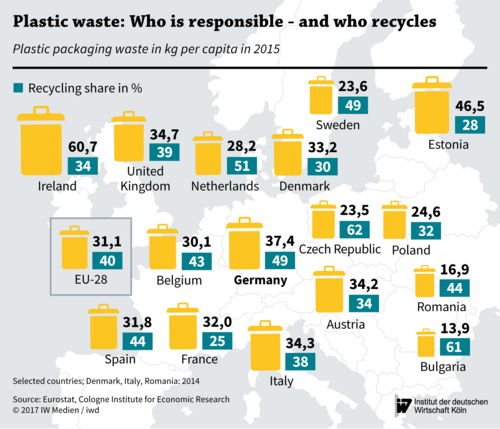


When it’s your characters turn, highlight your incapacitated ally. It is obvious that such a tree structure also represents a line of a functional program.Reviving is much of the same but it does require Action Points. Each branch of the tree is a function that contains other functions (or operands). Ket is a structure editor which represents an equation as a tree (i.e. But for faster and more general editing, various (Vim-like) keyboard commands exist to rapidly edit an expression. And common operations (like duplicating an expression) can be performed by mouse gesture (right-drag up). Click-and-drag algebra is available, for example dragging a term in a product to the other side of an equation to divide through by it. To facilitate this, editing can be done with a keyboard or mouse. As a result, the editor is built around ‘modal editing’ - making a lot of quick and simple edits.
#Wasteland 3 october 11 series
What makes it different is that, with experience, you can solve algebra problems as quickly as on paper, but with the advantage of undo, copy/paste, a built in calculator and algebra-simplification.Īlgebra consists of a series of transformations and combinations of equations. It displays lists of equations in regular maths notation (mark-up) and is written in plain text (mark-down). Ket ( ) is a new way of performing algebra on a computer.
#Wasteland 3 october 11 how to
I’ve no idea how to do this for programming, but I’ve had a go for maths.
#Wasteland 3 october 11 code
And when debugging, I’d like all code that isn’t related to a particular failed test case to be cleanly removed. For example, when exploring new code, it would be nice to explore it in terms of various interactive UML diagrams. I think the next big jump will be to retain a clean and simple text representation, but you’ll move between various graphical representations of code. I understand the advantages of plain text, but I’m surprised by how little interactive graphical representations of code are used to refactor it. But if it’s happening, I haven’t come across it.

I wish I could point to areas where this kind of transformational, philosophically-driven innovation is being performed today. But in the 60s, 70s, and 80s, people like Alan Kay and Ivan Sutherland dreamed bigger, and even their “failures” changed the face of programming and computing. These are fundamentally derivative ideas.īuilding incremental improvements on old things is good and important work. Or, alternately, “I’m tired of programmers screwing X up. But they are are languages that exist because someone said “I like programming as we know it, I just want to change X and Y”. These are all great languages, with a lot to recommend them. Witness the rise of languages like Go (“C with GC and CSP”), Rust (“C++, but less horrible”), Elixir (“Erlang, but less horrible”), and Clojure (“Lisp without the cruft and mutability”). And where there is innovation, it is often in service to the cold gods of performance or predictability, rather than opening new vistas of computer-mediated creation. Most of the “new hotness” technologies are cobbled-together bits of older technologies. Programming in 2015 feels a bit like Mad Max sometimes. Things like “optional semicolons” and “open classes” are less exciting if you haven’t spent the preceding five years coding in Java or C#.

Most of the design decisions that cause me to love it turn out to be difficult to explain to someone who has learned to program in Ruby. My language of choice for the last ~10 years, Ruby, is very much in this vein. Usually, the vision amounted to “help programmers serve the computer more easily”, or sometimes “be like $older_language, only a little less painful”. If the implementation couldn’t keep up, new implementation techniques had to be created.Īmong other advances, we have this approach to thank for the HotSpot compiler, technology originally created to make dynamic programming in Self feasible on 1980s hardware.īy contrast, most programming languages I’ve worked with professionally were born from much less ambitious visions. If existing language or interaction paradigms were insufficient to realize the goal, new ones had to be invented. These were systems that flowed out of a distinct philosophy and the intent to change the world. Alan Kay, The Early History of SmalltalkĪs I’ve become more familiar with the history of projects like Sketchpad, Smalltalk, and Self, I’ve been fascinated by the qualitative difference in approach their builders brought to programming system design, compared to most recent languages. We were actually trying for a qualitative shift in belief structures-a new Kuhnian paradigm in the same spirit as the invention of the printing press-and thus took highly extreme positions which almost forced these new styles to be invented.


 0 kommentar(er)
0 kommentar(er)
